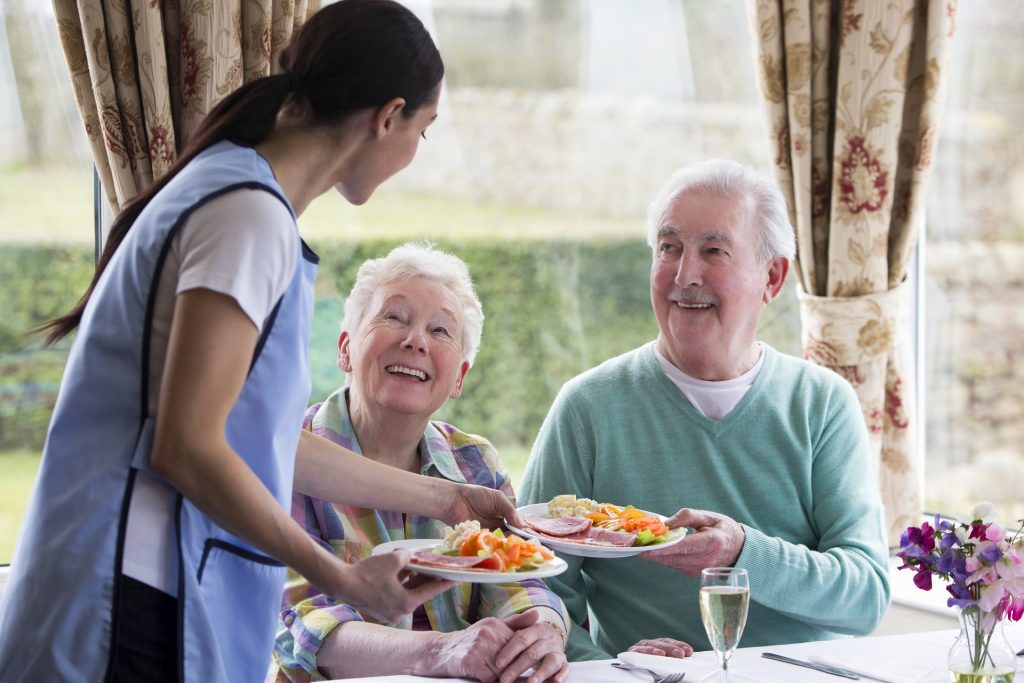Living a Full Life With Diabetes
Diabetes affects millions of Americans, causing frightening symptoms and costing billions of dollars annually in health care services. But despite the reputation diabetes has as a life-altering disease, seniors can effectively manage the condition in order to live a full, active life. With a combination of the right medication and healthy lifestyle changes, elderly people can learn to live with diabetes without breaking the bank.
Recognizing the Symptoms of Diabetes
According to the American Diabetes Association, about 25% of people over the age of 60 have diabetes, and some don’t even know they have it. An even greater percentage of seniors are at risk for diabetes based on increased blood glucose levels. The most common manifestation of the condition is Type II diabetes, in which the body develops insulin resistance and cannot properly utilize insulin. Seniors with risk factors such as obesity, smoking, high blood pressure, or a sedentary lifestyle should watch carefully for symptoms of Type II diabetes such as:
- Fatigue
- Insatiable hunger
- Thirst or dry mouth
- Blurred vision
- Numbness in hands and feet
- Frequent urination
- Slow-healing bruises or cuts
If one or more of these symptoms occur, talk with your doctor about the possibility of diabetes. He or she can perform blood tests to determine whether you have the condition.
Lifestyle Changes to Help Manage Diabetes
If you have been diagnosed with Type II diabetes, you will most likely need medication or insulin to manage your condition. In addition to these prescriptions, you should also incorporate lifestyle changes to maintain your health over time. Elderly people who live alone may need the assistance of an in-home caregiver in order to prepare healthy meals and get the exercise they need. As you learn to live with Type II diabetes, you can improve your overall health by making the following changes:
- Create a diabetic meal plan to manage blood glucose levels. A diet that is low in sugar and high in vegetables, fruit, lean meat, fish, and other healthy choices can help you maintain stable blood glucose levels. While there is room in a healthy meal plan for fruit and other high-carb healthy foods, it is important to count those carbs as part of your meal plan.
- Start an exercise program. Always talk to your doctor before you begin any type of new exercise. With your doctor’s approval, begin slowly adding more activity into your daily routine. Exercise helps bring blood glucose levels down and also has other benefits like keeping your heart healthy, maintaining joint mobility, and increasing energy.
- Maintain a healthy weight. If you have reached an unhealthy weight, the above steps will help you reach your doctor-recommended weight category. Weight loss should take place slowly and steadily. Avoid extreme diets that can cause additional health problems.
Getting the Financial Help You Need
Annual out of pocket expenses for diabetes care can reach into the thousands. If you have trouble paying for medications and supplies, you may be able to receive help from your Medicare plan or from a prescription assistance plan. There are several programs available that will help you get the medication you need to manage your diabetes.
If you have an elderly loved one who has received a diabetes diagnosis, you may have many questions about how you can help him or her best. Talk to your loved one’s doctor about how you can incorporate healthy changes into the daily routine. By giving your elderly family member the resources and support needed to eat healthy meals and remain active, you can help him or her manage Type II diabetes effectively in order to remain healthy and active well into the golden years.
Slbgoldtest Is Here To Help You!
Whether you or your loved one needs help with personal care, supportive services, companionship or more, we are here to help! Just call Slbgoldtest today at (760) 579-1683 to get started!
